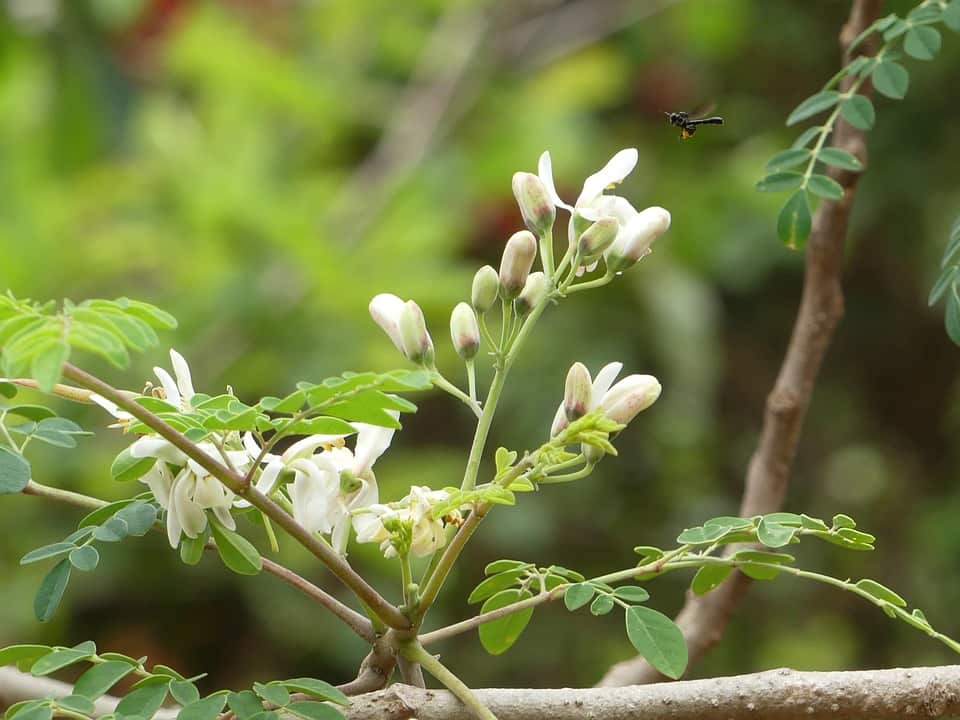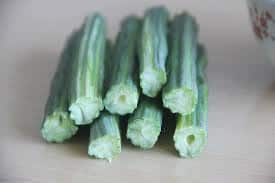Moringa, which is commonly known as Sohanjna in Punjab was discovered both in Asia and Africa at almost same time. The tree can grow from 3-4 feet high to a towering one like the mulberry tree.
Melbourne-based Narinder Singh Virk explains why it is called a mirace3l tree.
‘This tree has seven times more calcium than milk, it is full of all major vitamins, is rich resource of potassium and magnesium. The juice from its skin can be applied on open wounds for quick recovery. It has miraculous effects on diabetes and arthritis patients’. ‘All parts of Sohanjna tree can be consumed. The roots are like horse radish or common ginger which can be consumed as pickle. This tree produces white / cream colored flowers in spring season which are used in many medicines. Same is with the oil extracted from its seeds. The most beneficial parts are the leaves which can be dried up or consumed as salad. Its fruit is well known as drum-sticks’.
‘All parts of Sohanjna tree can be consumed. The roots are like horse radish or common ginger which can be consumed as pickle. This tree produces white / cream colored flowers in spring season which are used in many medicines. Same is with the oil extracted from its seeds. The most beneficial parts are the leaves which can be dried up or consumed as salad. Its fruit is well known as drum-sticks’.

This tree produces white / cream colored flowers in spring season which are used in many medicines Source: Pixabay
Mr Virk moved to Melbourne from Perth and planted a Sohanjna tree a long time ago, not only for his personal use but to share with others as well.
‘I want to spread the information about benefits of Sohanjna to as many people as I can. Sohanjna can be grown easily in almost all parts of Australia and summer is the best time because this tree needs hot season to germinate and propagate’, Mr Virk told SBS Punjabi. When asked about any side effects, Mr Virk said, ‘Consumption can cause dehydration. So one should drink plenty of water while consuming parts of this tree. The roots should never be consumed raw’.
When asked about any side effects, Mr Virk said, ‘Consumption can cause dehydration. So one should drink plenty of water while consuming parts of this tree. The roots should never be consumed raw’.

Drumsticks are used in cooking Source: Pixabay
Disclaimer – Before consuming any part of Sohanjna (Moringa) you must consult your doctor.







